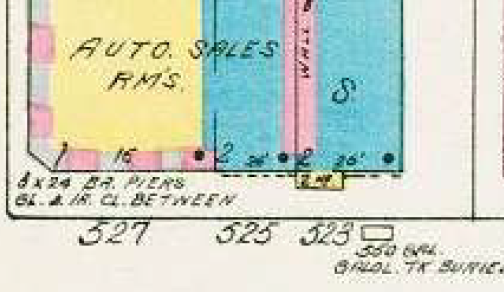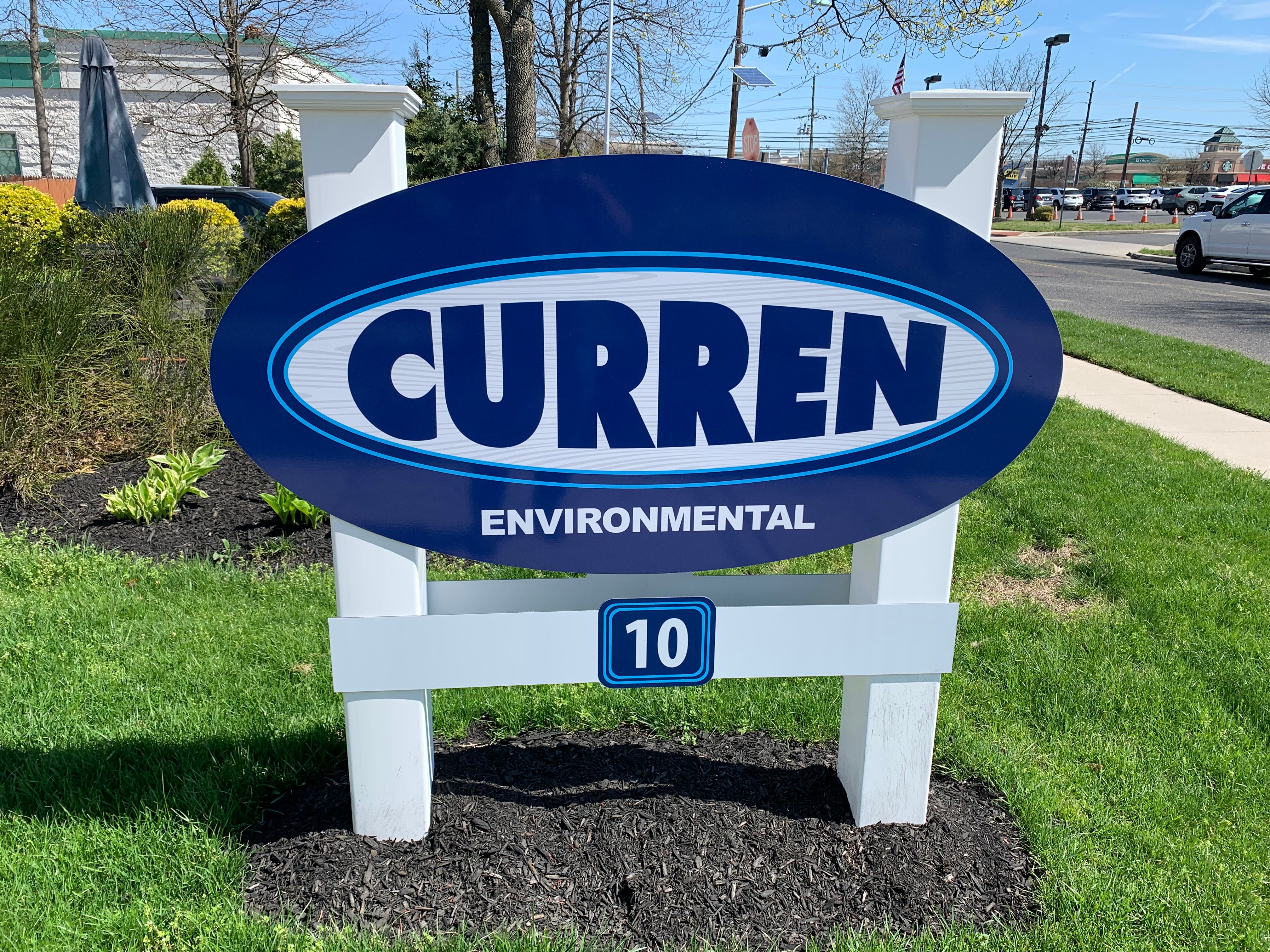Purpose of a Phase I ESA
A Phase I Environmental Site Assessment (ESA) is performed to assess the environmental condition of a Subject Property, typically for a financial transaction. A Phase I looks for Recognized Environmental Conditions or RECs.

Environmental liability is of keynote when performing due diligence. You have heard the phrase buyer beware. Take New Jersey for example and how liability attaches under New Jersey environmental law. The New Jersey Spill Act is a “strict liability” statute, which in English means that liability attaches simply by virtue of owning contaminated property, regardless of who contaminated the property. The Spill Act imposes liability on “any person who…is in any way responsible for any hazardous substance…without regard to fault, for all cleanup and removal costs no matter by whom incurred.” N.J.S.A. 58:10-23.11g(c)(1). “In any way responsible” is defined to include anyone who owns property acquired on or after September 14, 1993, even if the discharge occurred before ownership, if the owner knew or should have known that a hazardous substance may have been discharged at the property.
In English
You do not get a return policy or a hall pass when you buy a property that is contaminated that you did not know was contaminated prior to purchase. Now the reason you likely did not know the property was contaminated prior to purchase is because you didn't do your Due Diligence, such as a Phase I.
The map below from 1930 shows a 550 GT (Gas Tank). If the tank is there or contamination when you buy the property you know own the problem.

Why do a Phase I?
You do a Phase I to protect your interest when buying a property. A $100,000 environmental cleanup devalues a property.
You could say a Phase I is an insurance policy when buying a property. If you want to buy a property and eventually sell it, know that the buyer will do a Phase I, so you want t be ahead of the game.
What is included in a Phase I Scope of Work?
All Phase I ESA's completed today follow ASTM E1527-21. The ASTM E1527-21 standard is meant to assess the environmental condition of a Property utilizing the All Appropriate Inquiry (AAI). AAI is defined as inquiry into the previous ownership and use of the Subject Property consistent with good commercial or customary practice as defined by CERCLA 42 U.S.C. §9601(35) (B). According to ASTM E1527-21, non-scope considerations that a consultant may want to assess in connection with commercial real estate and to which no implication is intended as to the relative importance of inquiry into such non-scope considerations consist of: asbestos-containing building materials; radon; lead-based paint; lead-in-drinking water; wetlands’ regulatory compliance; cultural and historic resources; industrial hygiene; health and safety; ecological resources; endangered species; indoor air quality; biological agents; and mold. Typically a Phase I will address non-scope items as determined applicable to the environmental condition of the Subject Property.

The Phase I report will be prepared in accordance with ASTM E1527-21 and generally include the following:
-
Review of available documentation provided by involved parties as well as a review of historical information from a variety of sources which were readily available (i.e., historical aerial photographs, city directories, historical insurance maps, discussions with knowledgeable people, etc.). The obvious use of the Subject Property shall be defined from the present, back to the Subject Property’s first developed use, or back to 1940, whichever is earlier. If the specific use of the Subject Property appears unchanged over a period longer than five years, then it is not required to research the use during that period.
-
Review of adjacent property uses only to the extent that this information is revealed in the course of researching the Subject Property itself. The identification of adjacent properties will be identified to a distance determined at the discretion of the environmental professional.
-
Review of an environmental database, plotted in accordance with ASTM standards which is defined by the appropriate minimum search distance determined from the outside of the Subject Property measured from the nearest Subject Property boundary, which includes a delineation of both plottable and unplottable sites with associated environmental considerations.
-
Review of readily available local, State and Federal information sources for indications of potential recognizable environmental conditions relative to the Subject Property.
-
Interviews with past and present owners and occupants of the Subject Property. The interview of past owners, operators, and occupants of the Subject Property who are likely to have material information regarding the potential for contamination at the Subject Property shall be conducted to the extent that they have been identified and that the information likely to be obtained is not duplicative of information already obtained from other sources.
Reconnaissance of the Subject Property and surrounding area to visually identify areas considered to be Recognized Environmental Conditions (RECs).
What are the limitations of a Phase I?
The preparation of a Phase I will been limited to identifying Recognized Environmental Conditions which are defined under ASTM E1527-21 as “the presence or the likely presence of any hazardous substances or petroleum products on a Property under conditions that indicate an existing release, a past release, or a material threat of a release of any hazardous substances or petroleum products into structures on the Property or into the ground, groundwater, or surface water of the Property. Recognized Environmental Conditions are not intended to include de minimis conditions that generally do not present a material risk of harm to public health or the environment and that generally would not be the subject of enforcement action if brought to the attention of appropriate governmental agencies.”
Call the Experts
888-301-1050

